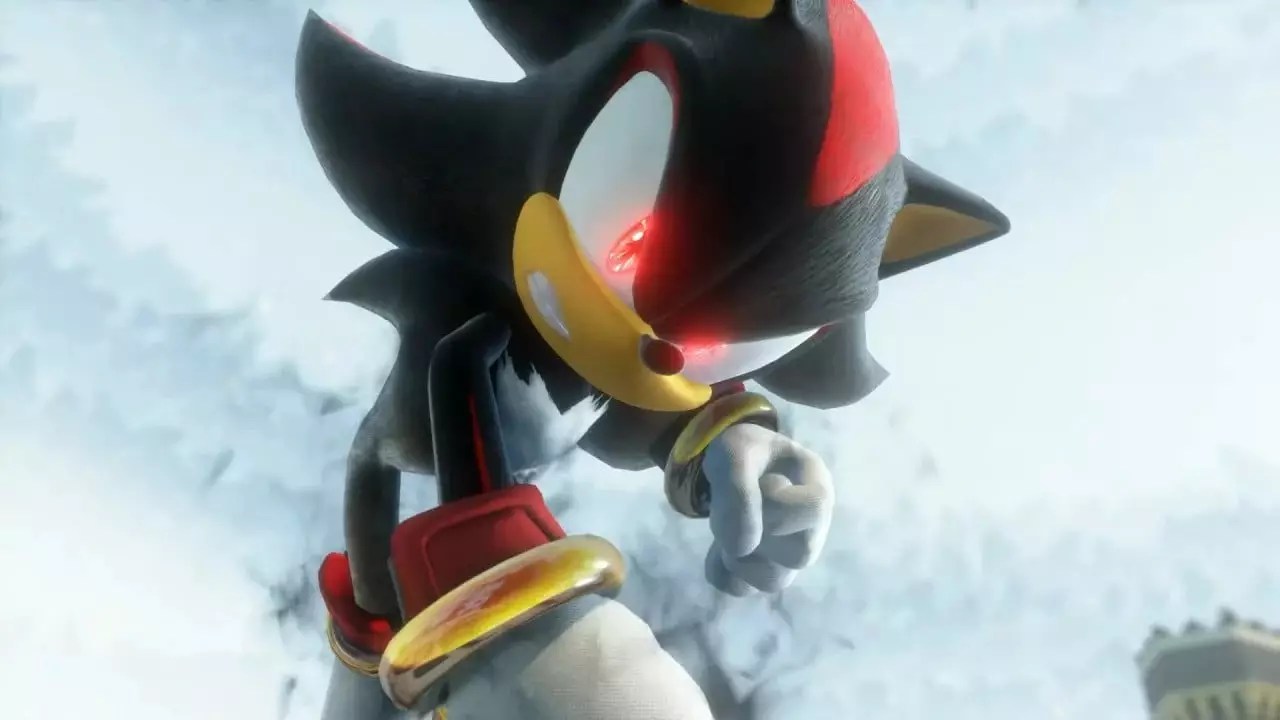The gaming community experienced a surge of excitement recently with the early access availability of “Sonic X Shadow Generations.” This remake is not just a simple upgrade; it represents a significant reimagining of the beloved 2011 original. While players eagerly dive into the new content that promises fresh gameplay and narrative experiences, certain alterations have sparked discussion regarding character portrayal, particularly of Amy Rose and Knuckles. As players analyze these changes, mixed reactions have begun to surface.
At its core, Sonic X Shadow Generations seeks to modernize and refine classic gameplay dynamics that have defined the franchise for years. Recent commentary from gaming outlets has hailed the new Shadow content as one of the standout 3D experiences in the series’ history. This can be interpreted as a nod to the evolution of game design and storytelling, particularly in how it balances nostalgia with contemporary expectations. However, the nostalgia factor can cut both ways; upon examining the tweaks to existing content, it becomes apparent that some fans are not as thrilled with the perceived dilution of character dynamics they once cherished.
Amy Rose: From Enamored to Empowered?
Amy Rose, a character known for her fiery enthusiasm toward Sonic, is seeing a shift in portrayal that has left many fans divided. In the original game, a cutscene had Sonic engaging in a lighthearted banter with Tails while holding back an overly excited Amy with a playful gesture—a moment that encapsulated her quirky charm and obsessive love for Sonic. The remake, however, modifies this scene significantly. The absence of the original gesture and Amy’s new background role as a cupcake bearer raises questions about her characterization. Critics claim that this portrayal transforms her from an assertive character to a passive observer, stripping away some of her vibrant personality traits.
Additionally, changes in Amy’s character description have also emerged. The previous lines, which highlighted her possessive tendencies towards Sonic, have been rephrased to suggest that Sonic merely inspires her. Is this alteration motivated by a desire to present stronger female depictions, or does it simply shy away from what made Amy relatable to many fans? This debate forms a critical aspect of how the game approaches character development in a modern context.
Knuckles the Echidna, known for his brash and comedic nature, underwent similar scrutiny. The moments that once defined his humorous encounters with Amy—like her physicality towards him or his commentary on classic Sonic’s physique—have faced edits that appear to soften his character. The humor, although retained in most cases, feels less potent with the rewritten lines, prompting some fans to question if the essence of Knuckles as a strong, yet comical character has been compromised in this remake.
Humor has always played a vital role in Sonic games, showcasing character relationships and providing comic relief. Alterations to iconic banter threaten to dilute this vital component, making players reminisce fondly of the original dialogues that carved their personalities into the fans’ hearts.
The remaking of Sonic X Shadow Generations is not limited to narrative and dialogue adjustments; it also touches on visual representation. The redesign of Rogue the Bat’s attire reflects a conscious effort to present characters in a manner that aligns more closely with contemporary norms regarding modesty. While some fans appreciate this effort towards a more respectful portrayal, others argue that such alterations can compromise the artistic freedom and individuality of characters. The intersection of classic design with current societal expectations is a delicate path that game developers must navigate carefully.
As passionate gamers engage in discussions surrounding Sonic X Shadow Generations, an underlying theme emerges: change is often met with resistance. While some look forward to the fresh perspectives brought to the forefront, others cling tightly to the identities crafted in past iterations. This delicate balance of evolution versus nostalgia continues to shape the conversation about characters like Amy Rose and Knuckles. Ultimately, the game represents not just a quest for innovation, but reflects the passions and conflicting desires of its enduring fanbase—an audience that thrives on both the familiar and the new. Continued observation and critique of the game will reveal how successfully it navigates these tumultuous waters, potentially shaping future titles in the Sonic franchise.


Leave a Reply